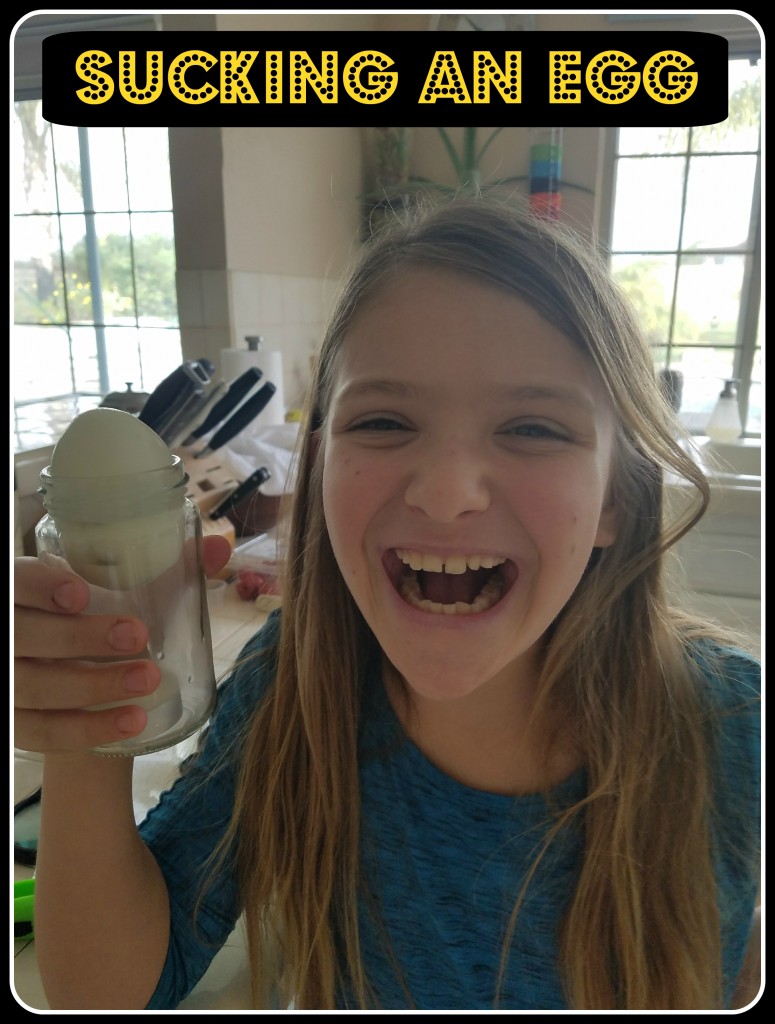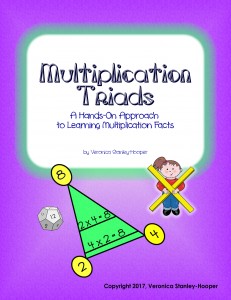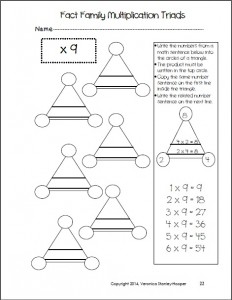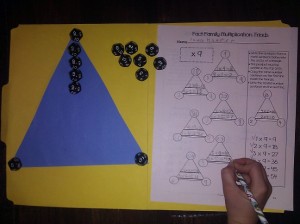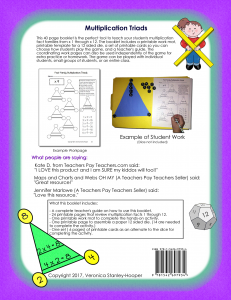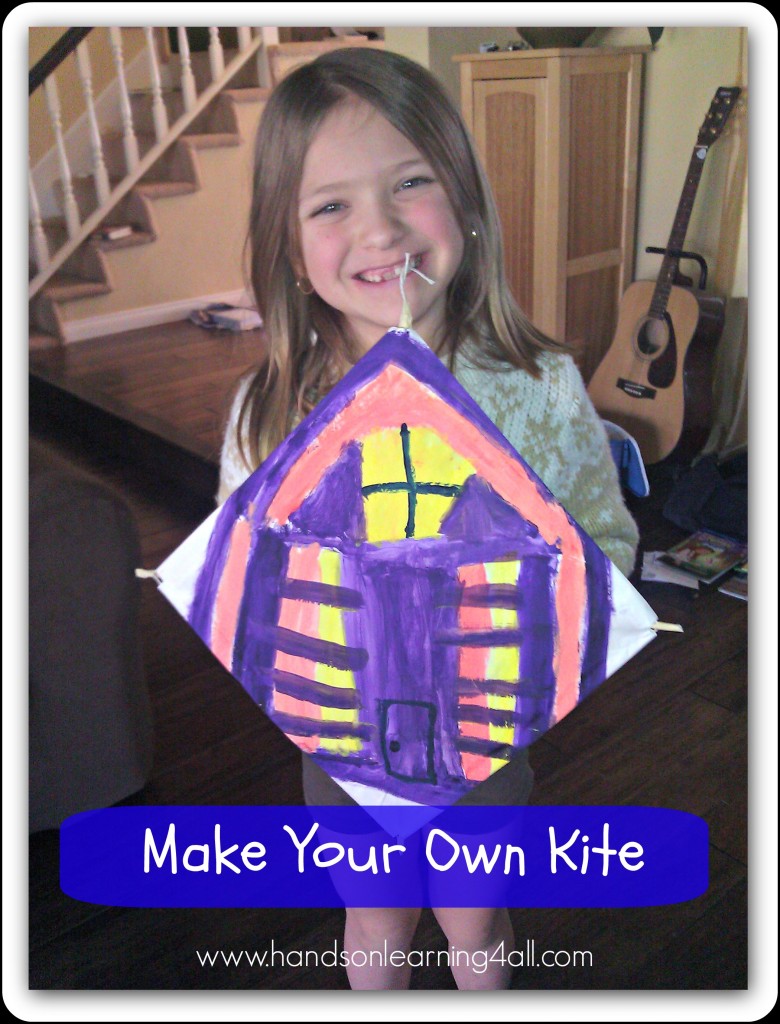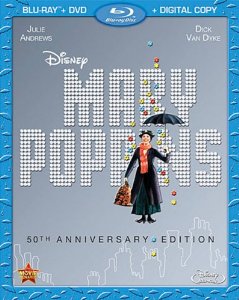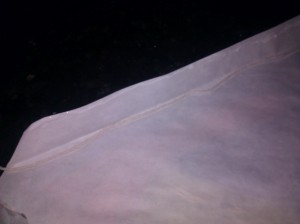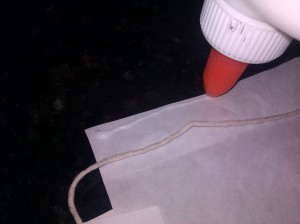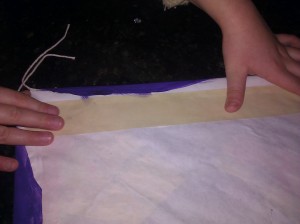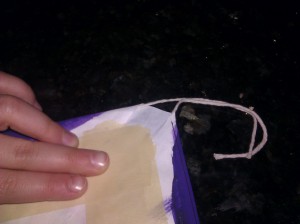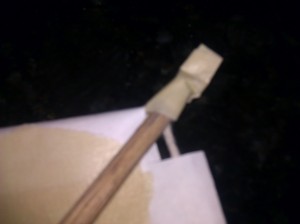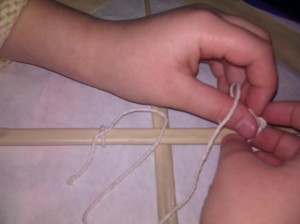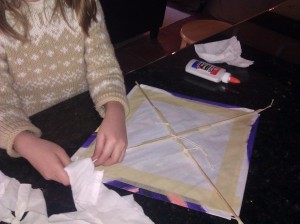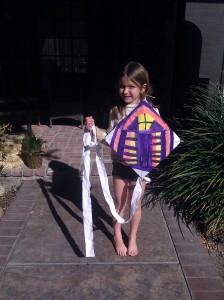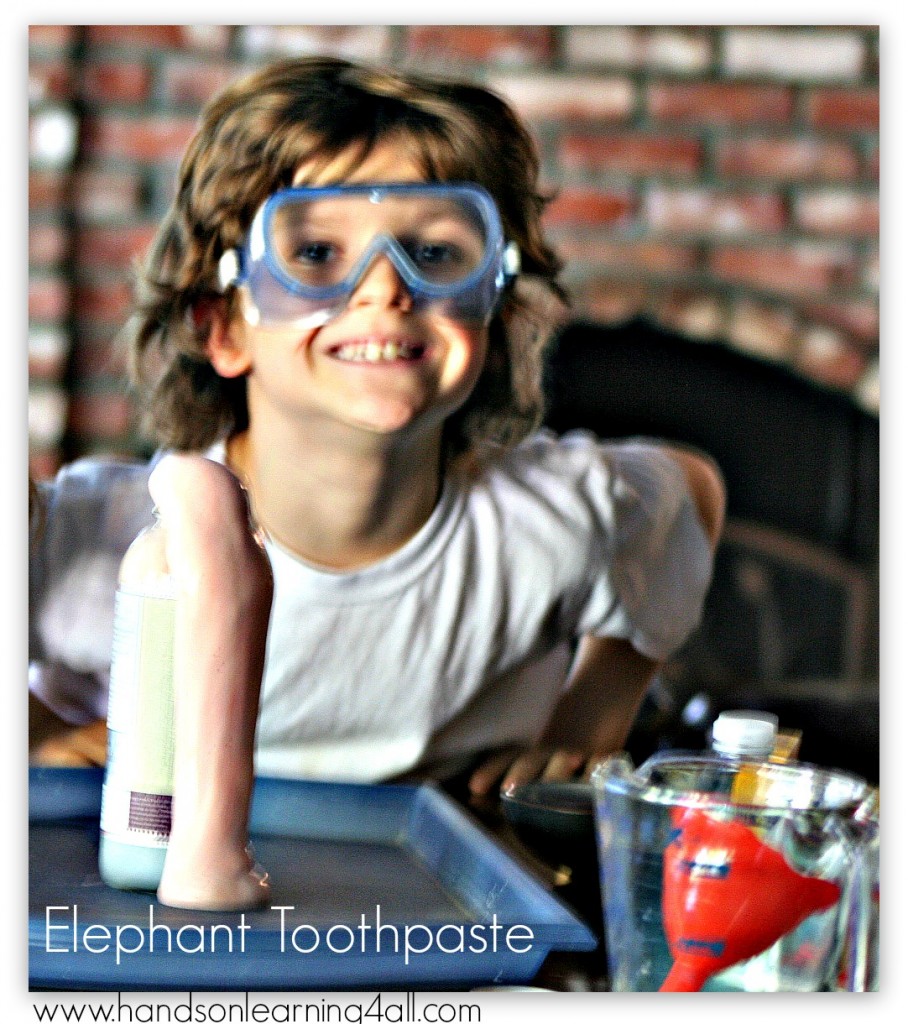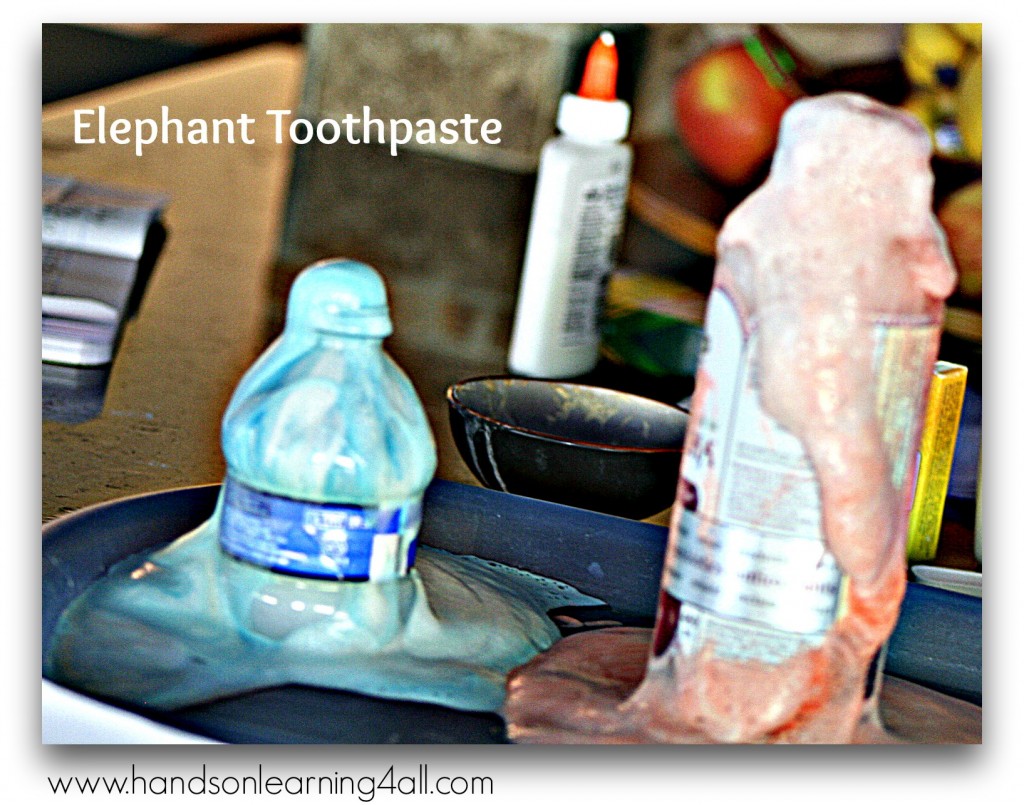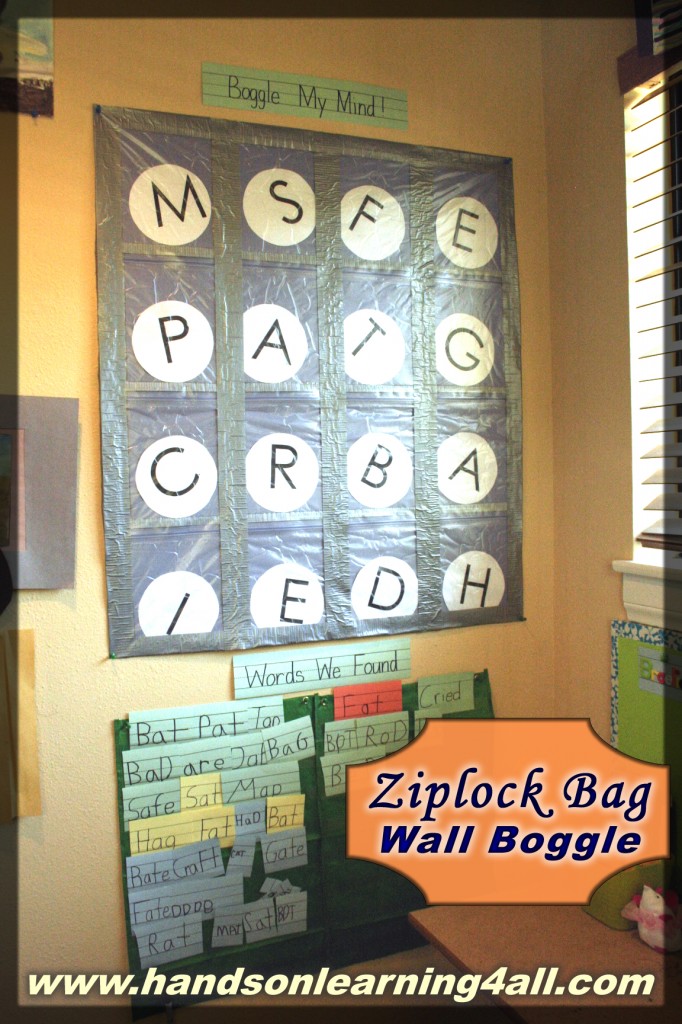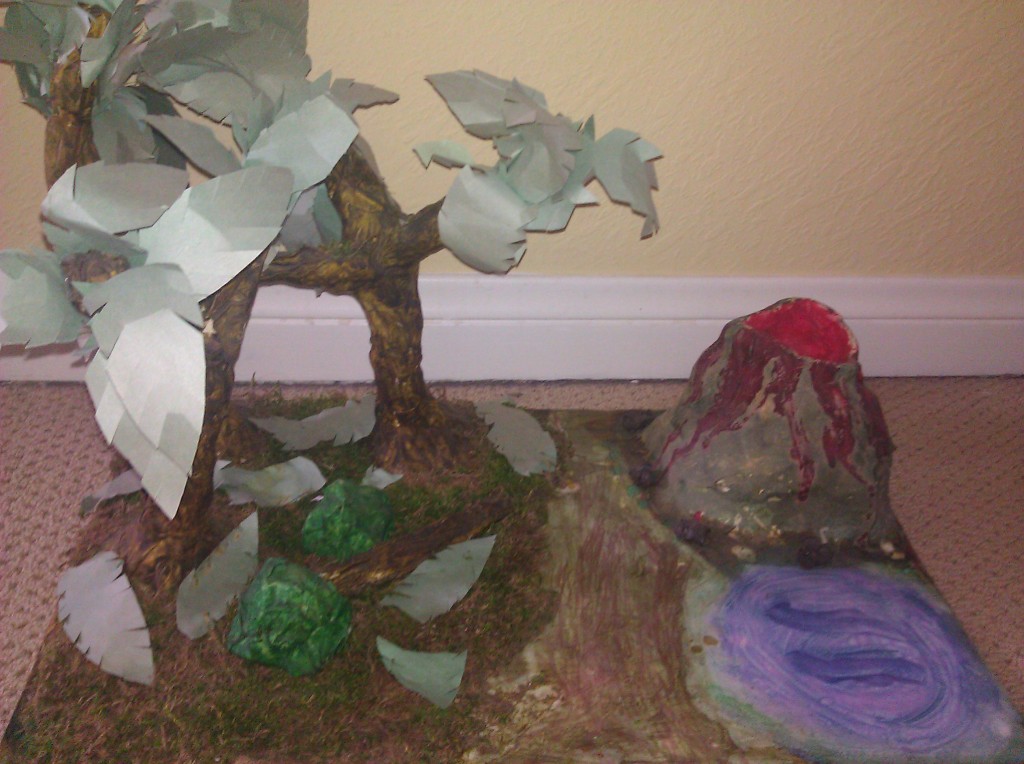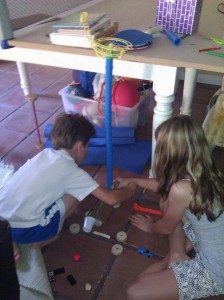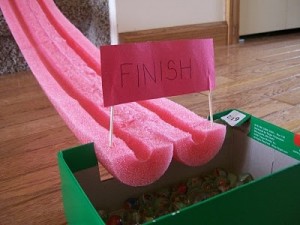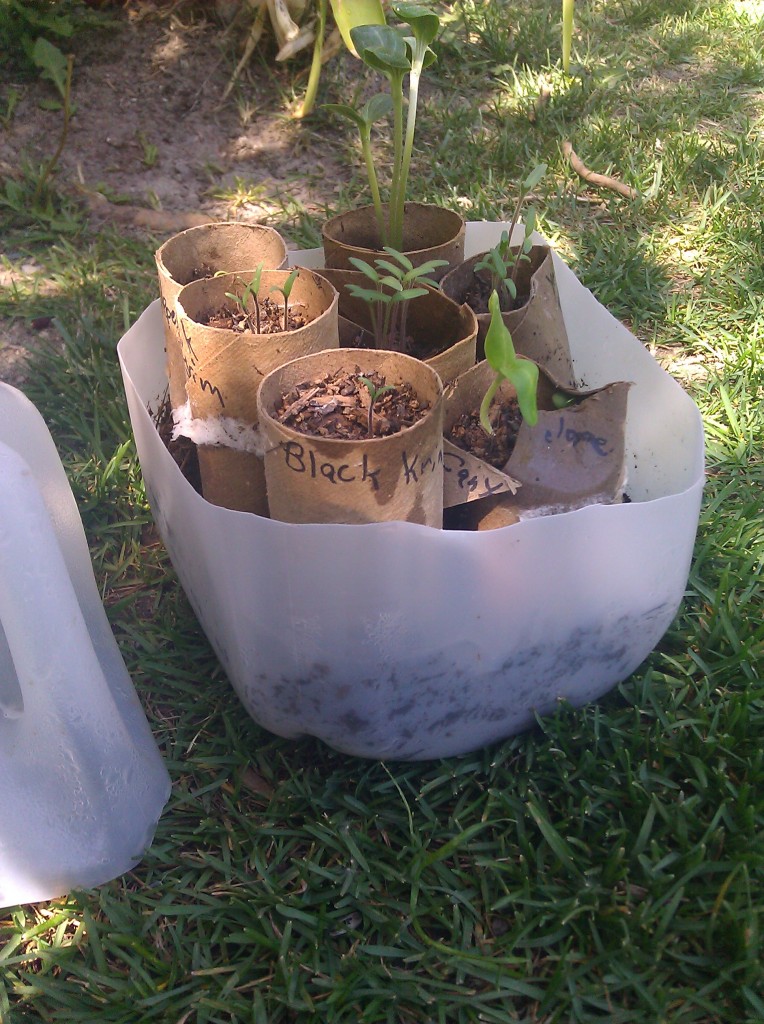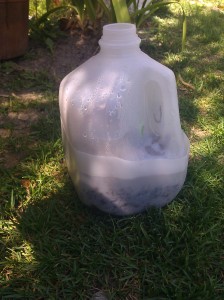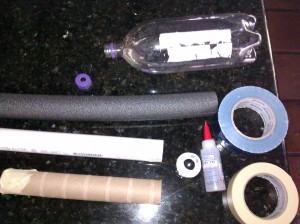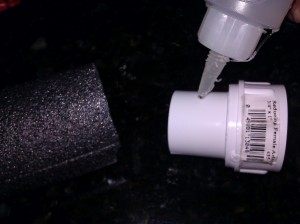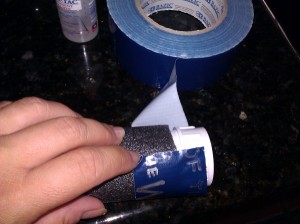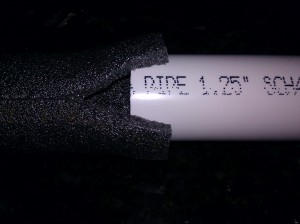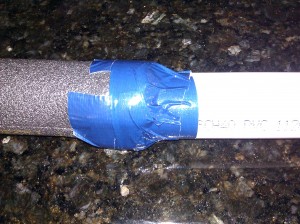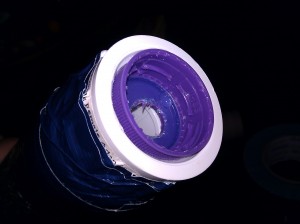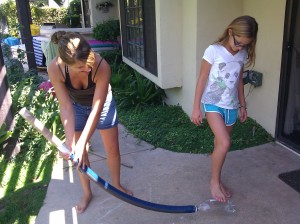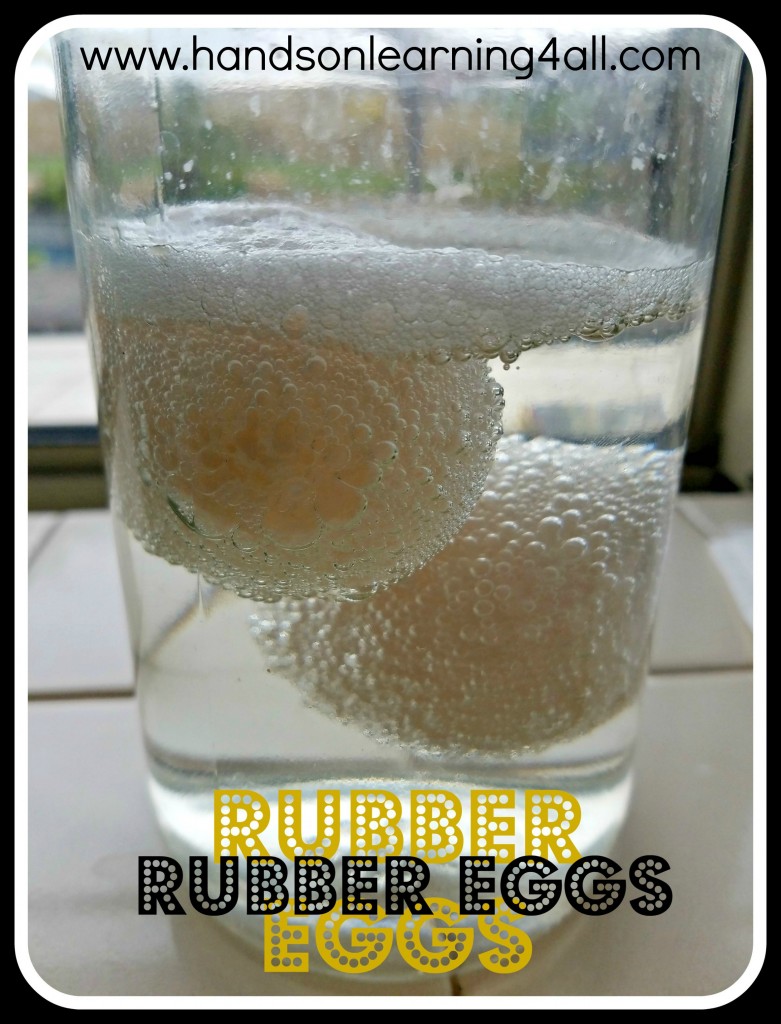
Is it getting close to that time of the year when you are feeling a little ‘hoppy.’ It’s that egg coloring, basket making time of the year. Do your kids love to color the hard boiled eggs, but don’t like to eat them? So what do YOU do with all of the extra hard boiled eggs that you have around the house after Easter? Well at our house we get itchy to do some science!

Materials you will need:
1-2 hard boiled eggs
1 glass jar that is tall enough to contain your eggs while they are submerged in vinegar
White vinegar (enough to cover your eggs in the jar)
What you should do:
Carefully put your eggs into your glass jar and then pour the vinegar over them until they are covered. You may have to poke them with a spoon every few hours to submerge them back into the vinegar.
What is happening:
Almost immediately you will observe tiny bubbles form all over your eggs. The eggshell is made of calcium and carbonate. The vinegar which is acetic acid starts to break down the shell. The bubbles that you see are the carbon dioxide that is formed when the vinegar breaks down the shell into its basic parts, calcium and carbonate, the carbonate forms carbon dioxide bubbles on the eggs.
What can I do next:
If you wait 24 hours and carefully pull one egg out and put it onto a plate you will see that the shell has been completely dissolved and only the membrane is left to hold the egg together. If you cut the membrane with a knife the egg will ‘pop’ and you will see the liquid white and yolk inside the egg.
Wait about six days to pull out the second egg (you will want to switch out the vinegar once or twice during this time and store your jar in the fridge. At this time your egg will get a bit bigger and the inside of your egg will become more fluid and white. Why? Once the shell is gone, the vinegar will cross over the semi-permeable membrane through a process called “osmosis” and begin to ‘cook’ or pickle the inside while slightly inflating the egg. This egg will bounce, but do it carefully….one little puncture and it will explode into a watery mess.
Want MORE Egg-cellent Egg Experiments? Click through for another great egg-sperience!
Other resources for EGG-cellent learning:
Iowa Egg Council Activity Pages
School Tube: Magic School Bus – Cracks a Yolk
Scholastic’s Activity for Magic School Bus- Cracks a Yolk

